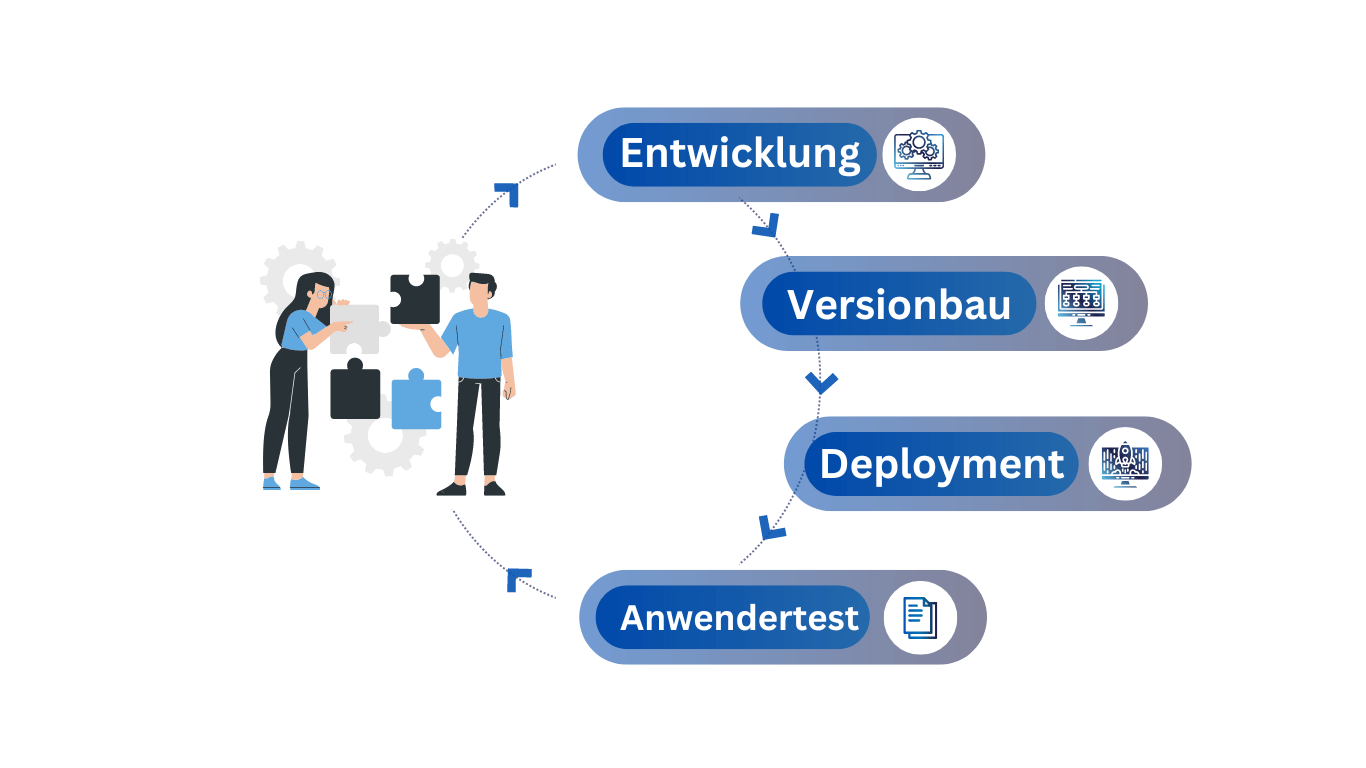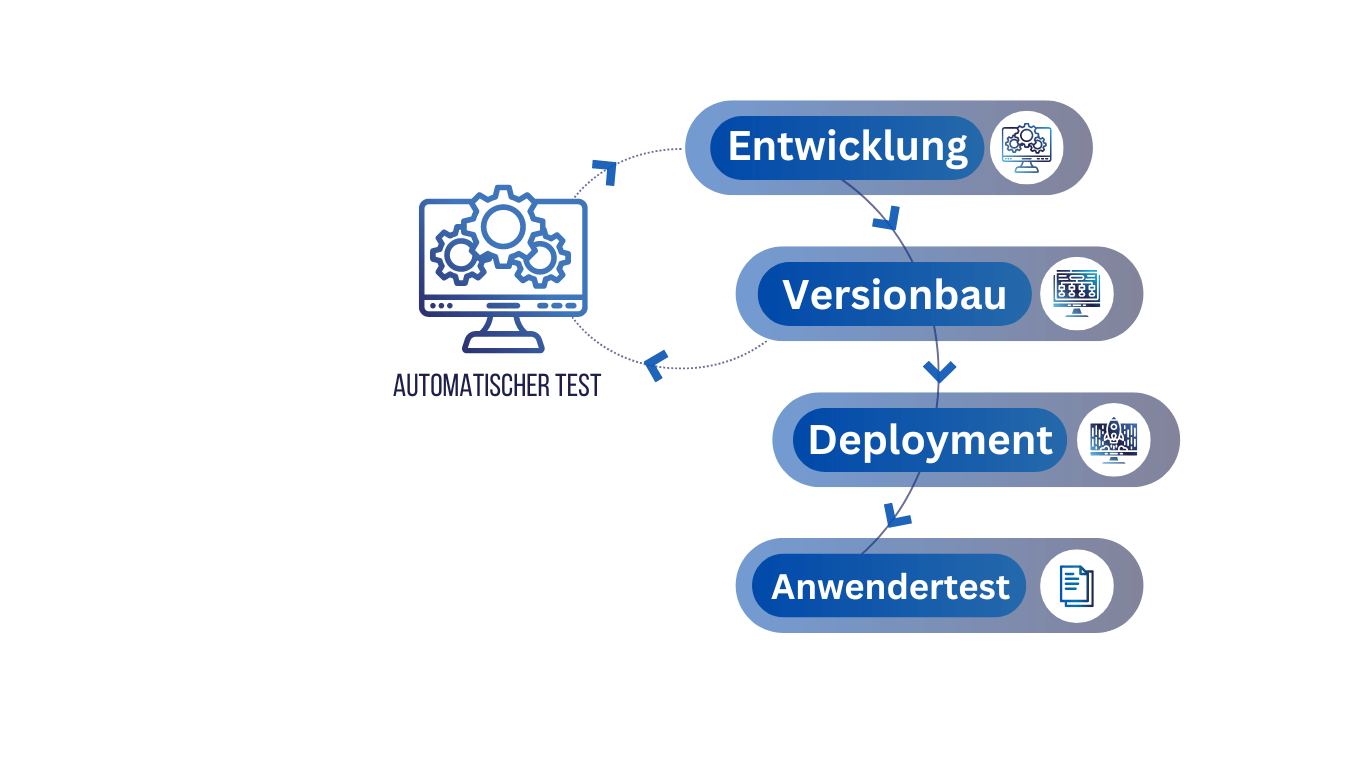In the complex and dynamic world of product configurations, stability and quality are critical success factors for companies. CREALIS® CPQ sets new standards by integrating an automated test tool that goes beyond traditional unit tests and ensures quality and stability even in large and complex rule sets (product logic).
Quality and Stability for Your Product Configurations
Traditional unit tests check in isolation and clearly defined areas whether individual software components are functioning correctly, to detect and prevent unintended changes or side effects caused by new features at an early stage. In contrast, the CREALIS® Test Tool allows for in-depth testing at the product-specific level. This means that complex rule sets and specific customer models remain not only technically correct but also contentedly stable. Customers can be sure that the tested configurations will deliver the same results even after a new release – a critical aspect for companies that rely on the stability of their product configurations. With this extended functionality, the automated test tool offers customers a significant added value over standard tests.
Updatable Tests for Complex and Evolving Rule Sets
For companies with large, complex models and a high level of product variety, manually testing these variants is almost impossible and extremely time-consuming. This is where the automated test tool comes in: It automates click paths and tests the combinations of configurations. For example, special requirements and technical specifications can be entered, and the test tool will automatically check whether the configuration remains correct and compatible. This ensures that prices, bills of materials, and other important product parameters are still correct.
Another advantage is that the test tool responds flexibly to product changes. When a product is technically updated, the tests can be resumed or automatically updated with minimal effort. The initial effort to record the tests is required only once. If changes are made to the product, the existing test case can be enriched with new data, resulting in a new, adaptable test case. These updates create new comparison values, which can then be integrated into the ongoing test cycle. This ensures that the testing process stays up-to-date and can be easily adapted throughout the product’s lifecycle with minimal effort.
Early Detection of Errors and Increased Efficiency through Automated Tests
With the automated test tool, potential product malfunctions in the configuration process can be detected early – long before the customer has to intervene. This additional testing phase, which occurs before the customer’s final approval, provides developers with faster feedback and allows them to fix any irregularities detected by the automatic test. This saves both time and costs, as errors that would otherwise only appear in a late and expensive stage of development are avoided. Instead, a new level of quality assurance is introduced, which works without customer involvement and allows for timely corrections.
The test tool consists of two main parts: the creation of the tests and their execution. During the creation, the customer defines which configurations and click paths should be tested. These click sequences are recorded, and the internal states of individual features and values are documented. With each new CREALIS® release, these recorded tests can be executed again to ensure that the results remain unchanged. If there are deviations, the test tool provides a detailed result overview that helps the service team quickly and efficiently identify and resolve errors.
Automation Instead of Manual Testing
A major advantage for the customer lies in the automation of the tests. Instead of manually “clicking through” products with each new CPQ version, the tool offers a fully automated testing routine. Once created, tests can be reused repeatedly, saving time and enhancing stability by ensuring that products continue to “work” as expected. This is invaluable, especially when dealing with a high level of product variety.
Continuous Development
The CREALIS® Test Tool is continuously being developed to provide customers with even more security and flexibility. For example, surface texts of attributes and values can be recorded based on language and market requirements. These extensions enable automatic testing of the requirements for different markets and languages, further increasing the international applicability of the CPQ software.
Conclusion: More Security and Efficiency with the CREALIS® Automated Test Tool
With the CREALIS® automated test tool, customers get a powerful tool for quality assurance and stability testing of their product configurations. The automation saves time and resources while ensuring that configurations continue to work reliably even after software updates. In addition, errors can be detected much earlier without the customer’s active involvement and fixed by the development team. This not only provides security but also significant efficiency gains for companies.

